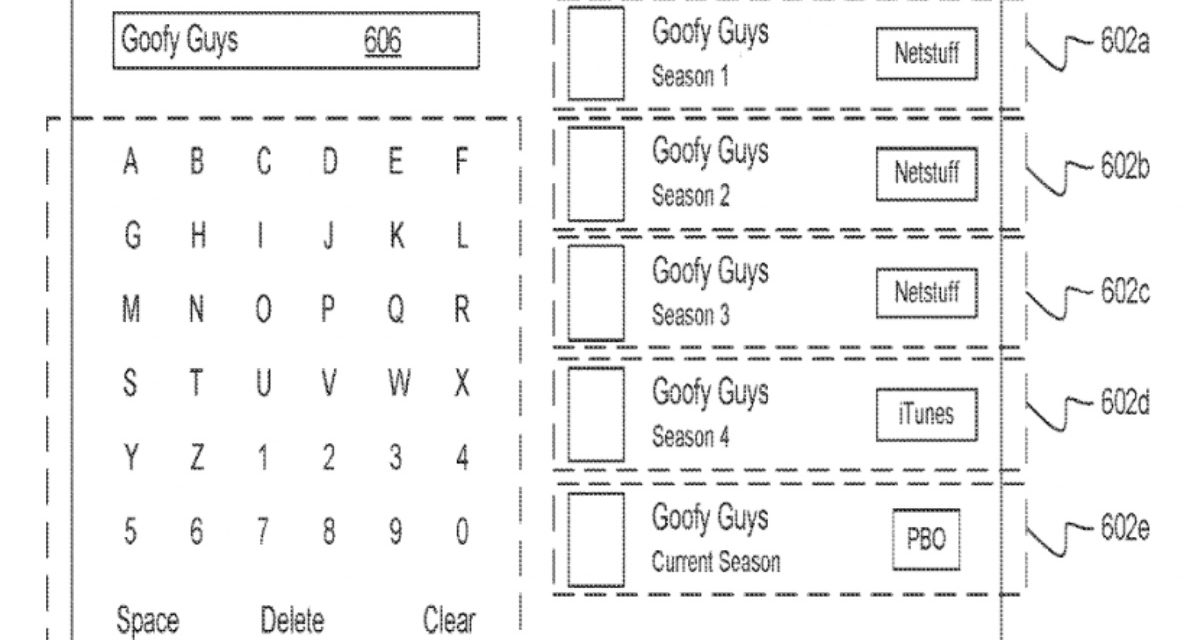Apple has filed for a patent (number US 20230247264 A1) for a “universal browse and watch list.” It describes future features for the Apple TV app and Apple TV set-top box that would reduce the headache of finding media on a a plethora of streaming services.
In the patent filing, Apple notes that many modern computing devices provide features that allow user to consume streaming media. For example, a smartphone, laptop, or set top box can be configured with applications from various content providers that a user can invoke to view content provided by a respective content provider server.
When the user wishes to view a particular content item (e.g., movie, television show, etc.), the user can invoke each content provider application, search or browse for the content item, and watch the content item, if provided by the content provider. For example, the user can invoke content provider’s application to see what the user previously watched, get recommendations for new content, resume viewing content that the user partially watched, or resume a series of content (e.g., the next episode in a TV series).
However, as Apple points out, the process of finding the content item by invoking several different content provider applications can be” time consuming, burdensome, and costly to the user if the user does not know that the content item is provided for free on one service and for a fee on another service.”
What’s more. the user may forget that the user accessed a content item from one provider and not another and waste time trying to continue watching the content item by attempting to find the content item through a content provider that does not have the desired content item. Apple says that what’s needed is an improved mechanism for allowing a user to search, browse, and/or continue watching content items from various content providers is needed.
Apple’s ideas is for a universal browse and watch list that can provide a centralized user interface for presenting recently watched, recommended, and continue watching content items provided by different content providers. For example, a media device can include multiple content provider applications for viewing media items on the media device.
When a content provider application presents a media item, the content provider application can send playback status data to a content aggregator application on the media device. The content aggregator application can provide the playback status data to a content aggregator server. The content aggregator application can interact with a content aggregator server to determine which content providers can provide the played media item or related media items. The content aggregator application can provide a centralized user interface that allows the user to initiate playback of media items provided by the various content providers.
What’s more, an Apple TV set-top box user can select media content item for playback in a single application regardless of content source. In addition, the content played by the media device does not have to come from the same content source or vendor that previously provided the content item. The set-top can be configured to determine the best media content provider with the best content item (e.g., the highest quality, no advertisement, and the cheapest, etc.) for playback from the corresponding source and invoke the corresponding media content provider applications without additional input from the user.
Article provided with permission from AppleWorld.Today


